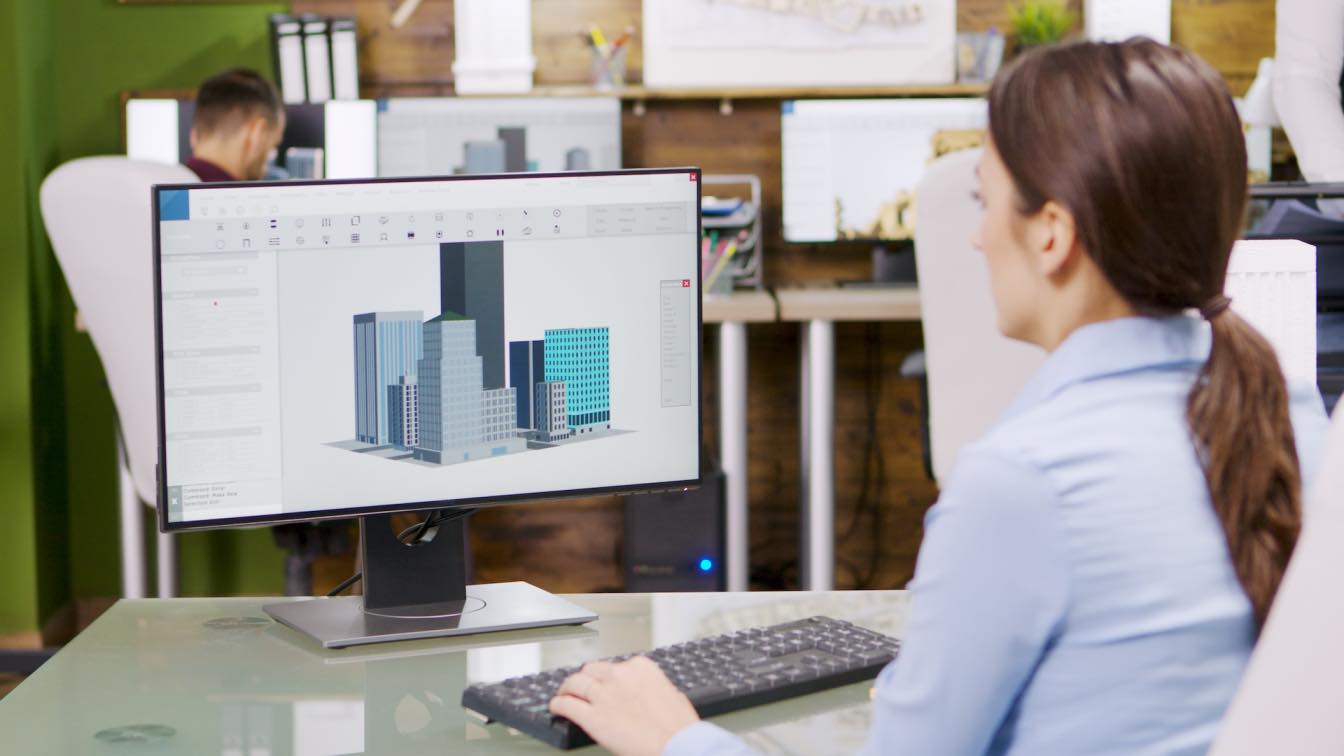The architecture industry is undergoing a rapid transformation, driven by the advent of new technologies. From design to construction, technology is streamlining processes, improving efficiency, and opening up new possibilities for architects and designers. Keep reading as we explore the diverse ways that technology is bringing modern architectural visions to life.
3D Modeling and Rendering
One of the most significant advances in architectural technology is the development of 3D modeling and rendering software. These tools allow architects to create realistic, three-dimensional models of their designs, which can be used to visualize the project from any angle and make changes on the fly. This technology has made it possible to create more accurate and detailed designs, as well as to communicate with clients more effectively.
Building Information Modeling (BIM)
Building Information Modeling (BIM) is another technology that has had a major impact on the architecture industry. BIM is a software platform that allows architects, engineers, and contractors to collaborate on a single, integrated model of the building. This model contains all of the relevant information about the building, including its structure, systems, and finishes. BIM software allows users to track changes, manage costs, and identify potential problems before they occur.
Virtual Reality (VR) and Augmented Reality (AR)
Virtual reality (VR) and augmented reality (AR) are two technologies that are rapidly gaining traction in the architecture industry. VR allows users to immerse themselves in a virtual world, while AR overlays digital information onto the real world. These technologies are being used to create interactive walkthroughs of buildings, allowing clients to experience the space before it is built. They are also being used for training purposes, allowing architects and contractors to learn about new technologies and construction methods.
Digitized Material Selection
Sifting through the product selection of the thousands of material manufacturers worldwide can be costly, time-consuming, and inaccurate. As such, it's essential to acknowledge the role of innovative service providers like Acelab, which provides a platform for quickly and accurately choosing the ideal material to incorporate into a project. Acelab is a cloud-based collaboration platform that offers a range of tools and resources to help architecture professionals research, compare, and select building products for their projects. This technology helps building professionals save time and streamline their processes over their competitors who have to spend hours searching for and comparing products piece-by-piece.
Drones
Drones are another technology that is being increasingly used in the architecture industry. Drones can be equipped with cameras, sensors, and other equipment, and can be used to capture aerial footage of buildings and construction sites. This footage can be used to create maps, models, and other documentation, as well as to monitor the progress of construction projects.
3D Printing
3D printing is a technology that is still in its early stages of development, but it has the potential to revolutionize the way that buildings are constructed. 3D printers can be used to create custom-made building components, such as bricks, tiles, and even entire buildings. This technology has the potential to reduce construction time and costs, as well as to create more sustainable buildings.
Artificial Intelligence (AI) and Machine Learning (ML)
Artificial intelligence (AI) and machine learning (ML) are two technologies that are starting to be used in the architecture industry. AI can be used to analyze data and identify patterns, while ML can be used to learn from data and make predictions. These technologies can be used to improve the design of buildings, as well as to optimize construction processes.
Internet of Things (IoT)
The Internet of Things (IoT) is a network of physical devices that are connected to the internet and can collect and exchange data. This technology is being used to create smart buildings that can adjust their temperature, lighting, and security systems based on the needs of the occupants. IoT devices can also be used to monitor the performance of building systems and identify potential problems.
Cloud Computing
Cloud computing is a technology that allows users to access software and data from anywhere with an internet connection. This technology is being used to improve the collaboration of architects, engineers, and contractors on building projects. It is also being used to store and manage building data, such as drawings, specifications, and contracts. It can also help streamline work schedules and machinery usage.
Wearables
Wearables are another technology that is starting to be used in the architecture industry. Wearables can be used to track the location of workers on a construction site, as well as to monitor their health and safety. They can also be used to provide workers with real-time information about the project, such as drawings, specifications, and instructions.
Final Thoughts: Technology in Architecture
The architecture industry is constantly evolving, with many modern technologies helping to expedite the evolution. These technologies are streamlining processes, improving efficiency, and opening up new possibilities for architects and designers. As the industry continues to adopt these technologies, we can expect to see even more exciting and innovative projects in the future.





